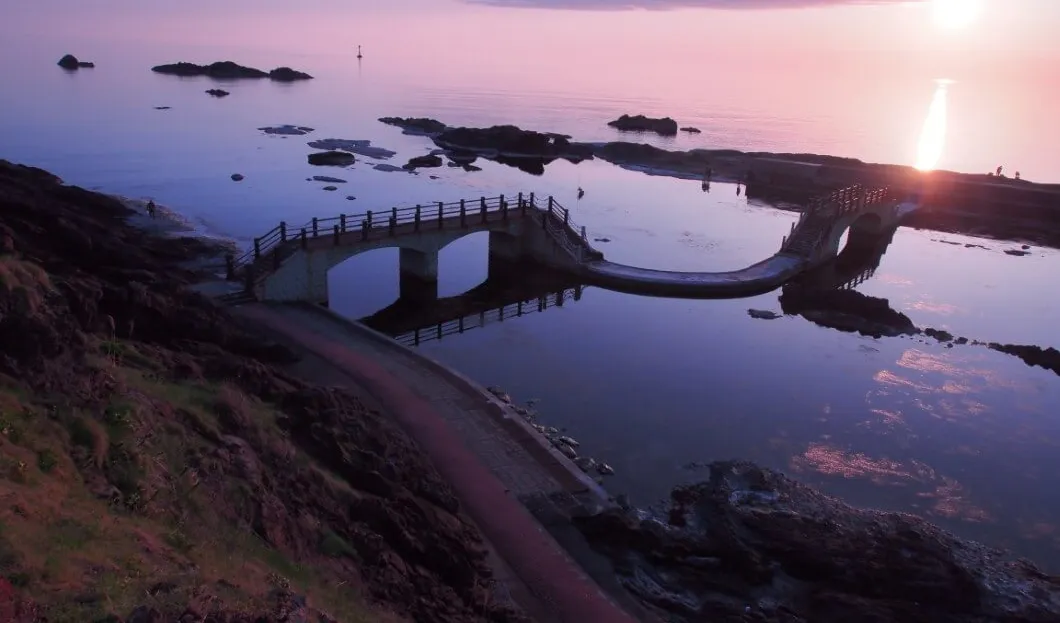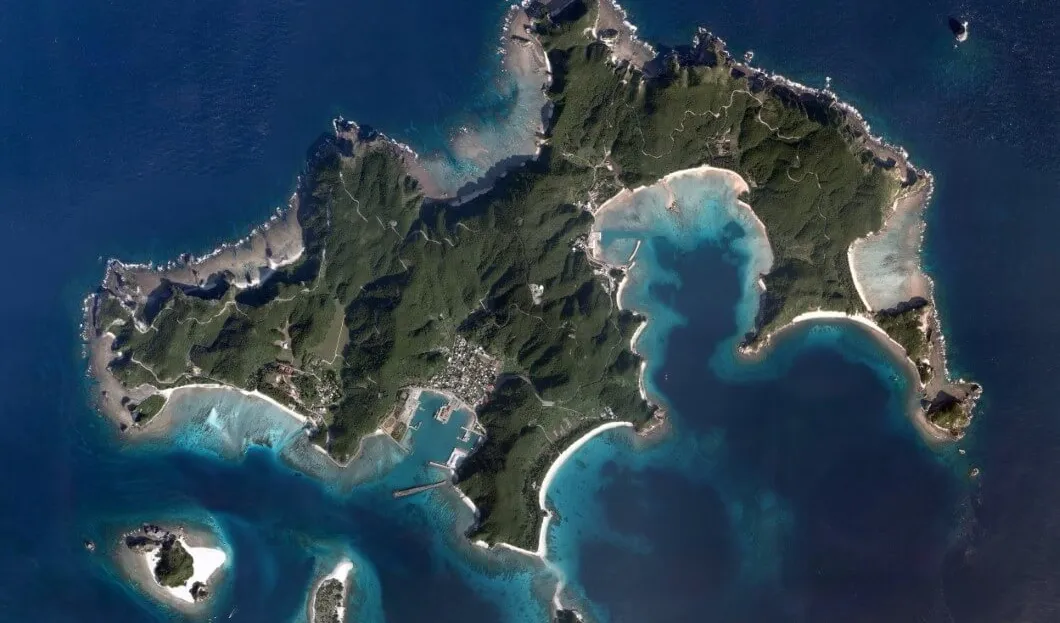
Japan is often associated with the modernity of its large cities, the traditions preserved in its temples, and the natural landscapes of its four great islands. However, the Japanese archipelago holds a multitude of island formations, many of them protecting an almost pristine nature, with landscapes that range from beaches that reminiscent those of the Caribbean, to lush and humid forests.
Some of the islands to visit in Japan are adorned for lush forests, while others seem to mimic the tropical paradise of the French Polynesian beaches. One thing holds true though… Traditions, nature and wild beauty can all be found in the islands that are worth exploring.











